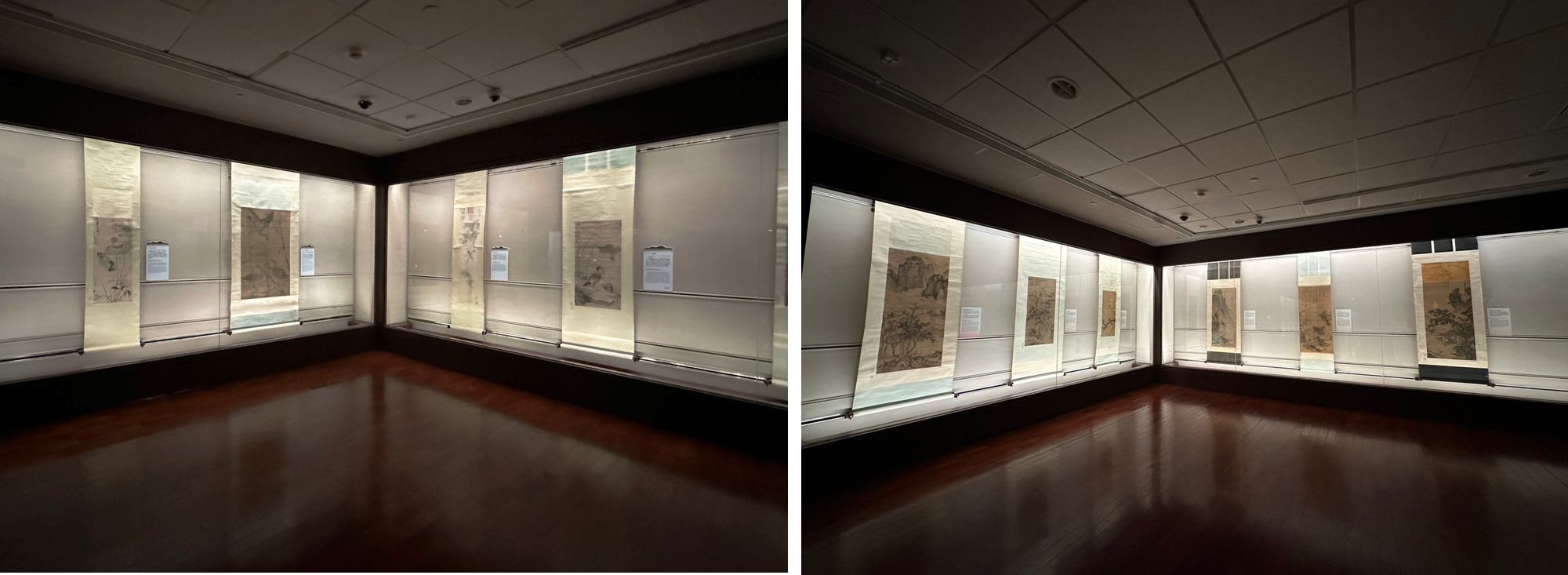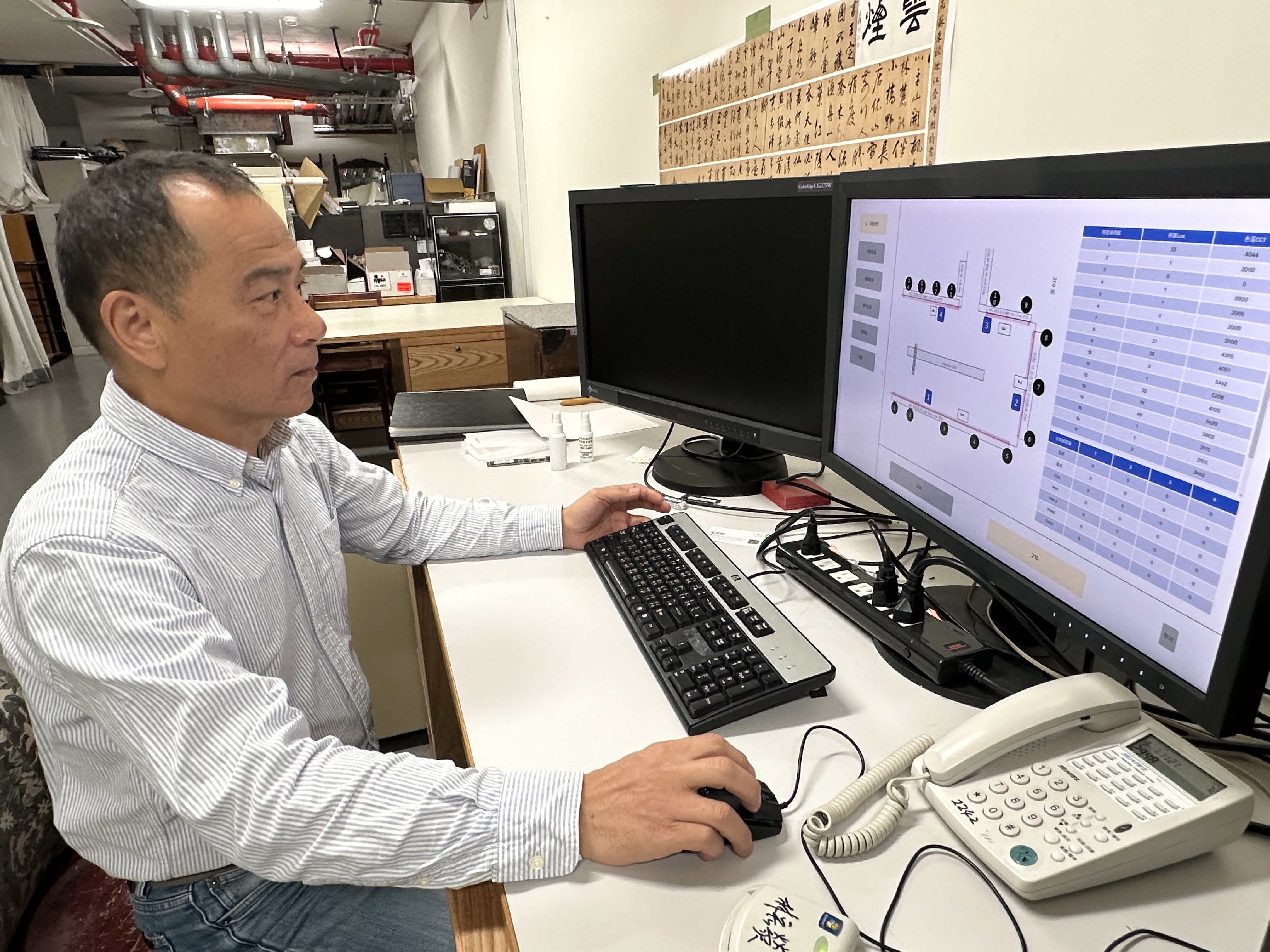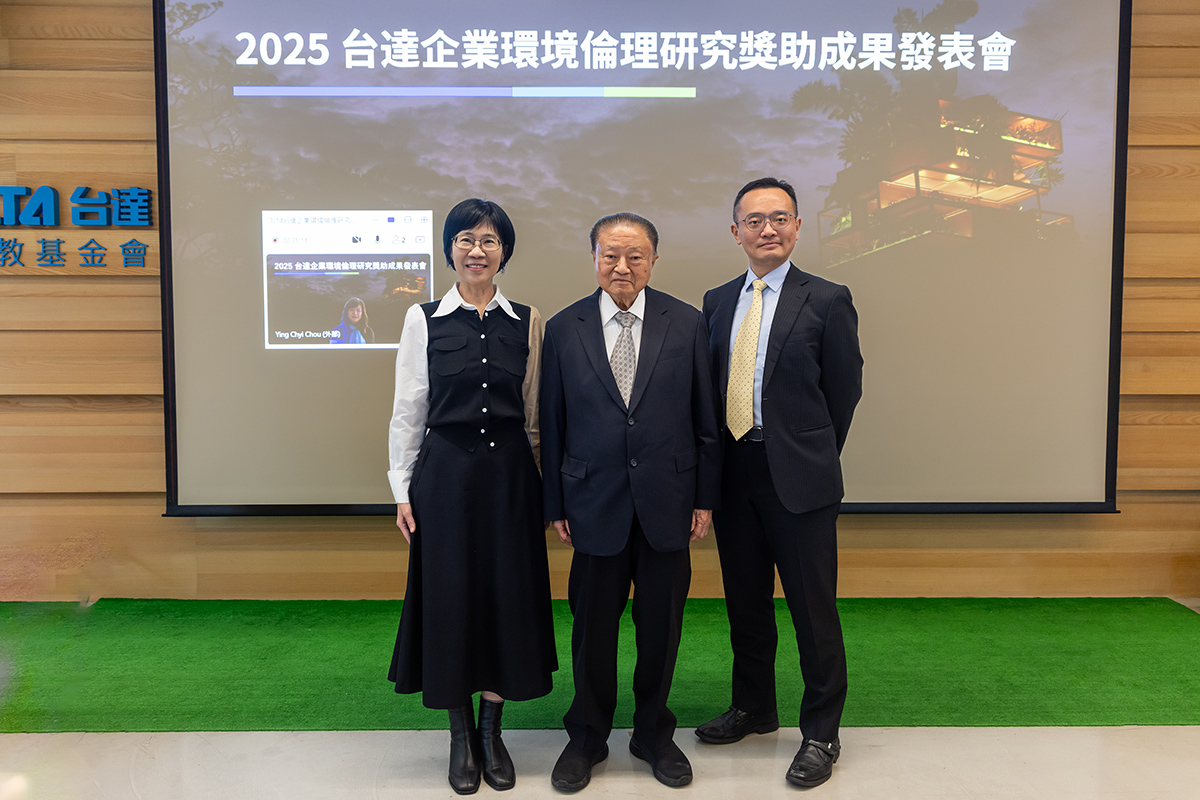The National Palace Museum in Taiwan is a prominent institution known for its collection of Chinese cultural artifacts. The exhibition area of painting and calligraphy, located on the west side of the second floor, is designed to protect delicate artworks from excessive light exposure. As a result, the museum has established specific criteria for various optical parameters of the lighting system, with the goal of maintaining a balance between the visitor experience and the preservation of these valuable relics. In 2023, the museum launched the "Improvement of Lighting in the Painting and Calligraphy Exhibition Area" project, implementing full-spectrum LED light tubes from Lidlight Inc., a Delta Group company, along with intelligent control and monitoring features. These lights are capable of continuously monitoring color temperature and illuminance throughout the year, setting a new standard for museums worldwide. The Director of the Department of Painting, Calligraphy, Rare Books and Historical Documents of the National Palace Museum in Taiwan, He Yan Chiuan, said that this project has set a standard for the global museum industry in terms of optical quality requirements and smart lighting systems. "The Palace Museum showcases ancient artifacts that may give the impression of antiquity and rigidity. In reality, however, the museum is at the forefront of the global museum industry, always keeping up with the times."
Uniform illumination of linear light source
For the first time, the Palace Museum in Taiwan has introduced LED lighting fixtures to replace the complex metal lamps that have long been used. The life cycle of multi-metal lamps is short and expensive, with each bulb costing NT$10,000 and needing to be replaced within a year. On the other hand, the optical quality of LED lighting is improving, with some products approaching the full spectrum of natural sunlight. As a result, the museum evaluated several vendors and ultimately chose Delta, but this is just the beginning of the test.
The calligraphy and painting display cases at the Palace Museum are only 50 centimeters away, allowing the public to view the works up close. However, this proximity presents a lighting challenge, especially for vertical calligraphy or paintings that are more than 1 meter high. Uneven lighting is a common problem, with the top and bottom of the artwork appearing brighter than the center due to their proximity to the light source. For this project, Delta implemented the full-spectrum linear polarized lighting series from Lidilight Inc., a Delta Group company. The linear light source is used in place of the original point light source, providing consistent illumination over short distances. In addition, this series incorporates an asymmetric polarization design, resulting in improved uniformity. The top and bottom auxiliary lighting method is also used to achieve optimal uniform illumination and eliminate shadows caused by vertical poles or wrinkles in the artwork. After the project was completed, it received high praise from art history experts and long-term volunteers. They believe that the performance of CRI surpasses that of the original multi-metal lamp.
 This project employs full-spectrum linear polarized lighting fixtures, replacing the original point light sources to maintain consistent illumination and provide uniform lighting. The left image shows conditions before the modification, while the right image displays the condition after. There is a noticeable improvement in brightness and uniformity.
This project employs full-spectrum linear polarized lighting fixtures, replacing the original point light sources to maintain consistent illumination and provide uniform lighting. The left image shows conditions before the modification, while the right image displays the condition after. There is a noticeable improvement in brightness and uniformity.
Another notable feature of this event is the integration of lighting fixtures into the Delta BIC (Bluetooth Intelligent Control) smart lighting system. Using the BIC smart transfer function, the sensor can upload various information to cloud, allowing 24-hour monitoring of color temperature and illuminance. Delta also customizes a management platform to monitor "illumination" and "color temperature," including color temperature monitoring to avoid the increase in blue light as the light source ages and the color temperature decreases, which can cause display distortion or damage to artwork. In addition, the UNO air sensor can monitor real-time temperature and humidity data, allowing staff to continuously monitor the environmental conditions of antique exhibits.
 The lighting fixtures used in this project incorporate the Delta Bluetooth Intelligent lighting system, which, through its smart transmission function, can monitor illuminance and color temperature as well as ambient temperature and humidity 24 hours a day.
The lighting fixtures used in this project incorporate the Delta Bluetooth Intelligent lighting system, which, through its smart transmission function, can monitor illuminance and color temperature as well as ambient temperature and humidity 24 hours a day.
He Yan Chiuan, the Director of the Department of Painting, Calligraphy, Rare Books, and Historical Documents at the Palace Museum in Taiwan, said that tourists from across the globe prioritize visiting the Palace Museum when in Taiwan. Consequently, the museum has dedicated efforts to keeping abreast of cutting-edge technology and trends, aiming for ongoing enhancement. By utilizing LED lighting and advanced optical technology, along with multiple monitoring functions and management platforms, the Palace Museum has enhanced the experience for external viewers and improved internal management efficiency. This innovative application space, guided by IoT technology, is leading the museum towards a future "new vision."















